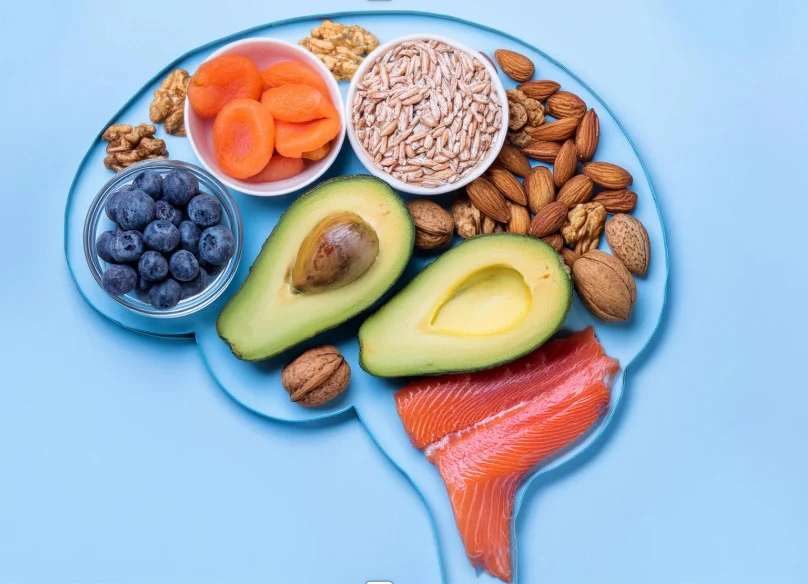Are Family and Friends Linked by Microbes?
It has been well-established that diet greatly influences an individual’s microbiome. Less known is the fact that infants share a very similar microbiome profile as their mothers. This similarity changes as we age, but new research has shown that your microbiome evolves to mimic that of other family members, friends, and neighbours. A recent study published in Nature recognized that interpersonal relationships could possibly shape the genetic makeup of an individual’s microbiome, and that microbiome-linked disease may in fact be transmissible – small talk with your neighbour may start to involve a little more than just the current weather.

This research blossomed after analyzing data from 31 human datasets spanning multiple countries,including Colombia, China, Guinea-Bissau, Italy, and the USA.
The study did confirm that mothers and infants share the greatest similarities between gut microbiome profiles. During the first year of life, infants share about 50% similarity with their mother’s microbiome. As a person ages, the mother-offspring sharing rate does decrease; however, similarities are still apparent in mothers and offspring aged 30-85.
After age four, other family members become significant contributors to the gut microbiome profile. A 12% sharing rate was observed between members of the same household, and 8% of microbiota were shared among individuals in the same village, which may result from physical interaction or a shared environment. As twins aged and moved away from each other the sharing rate decreased from an initial rate of 30% to about 10% after over 30 years of living apart. The 10% similarity is likely linked to maternal transmission during infancy and genetics. In adulthood, a gut microbiome strain similarity of 13% has been observed between partners.
These are significant findings in the world of microbiome research. Researchers are interested in identifying the most transmissible bacterial strains between individuals in the same social circle. The basis of this transmissibility will help researchers study how the spread of non-pathogen microbes can contribute to disease.




